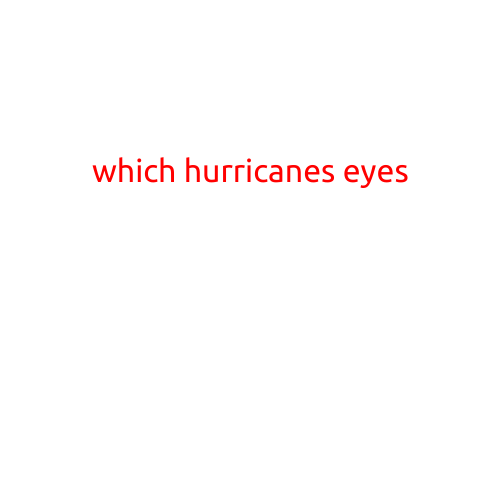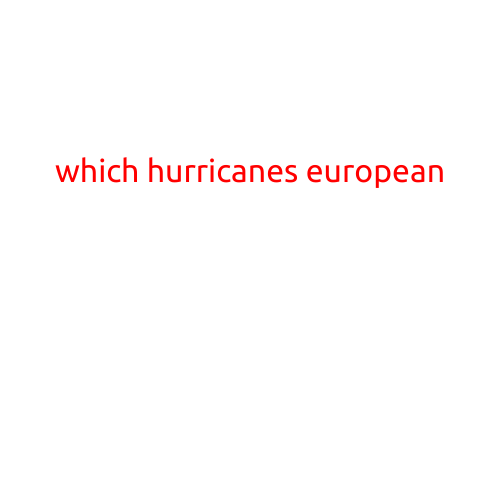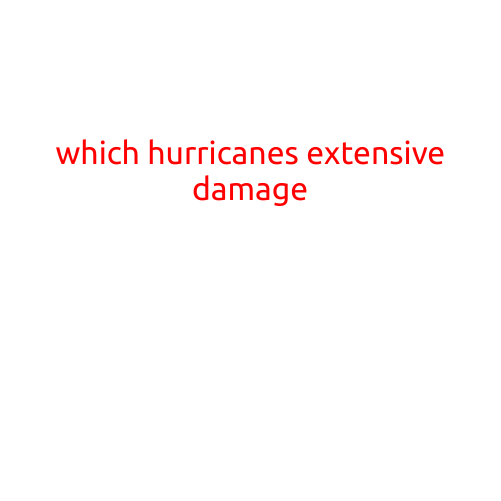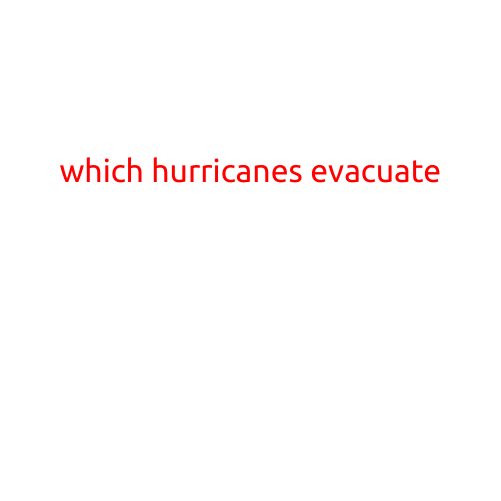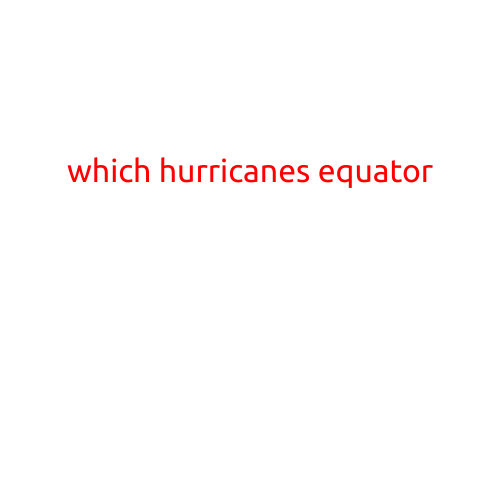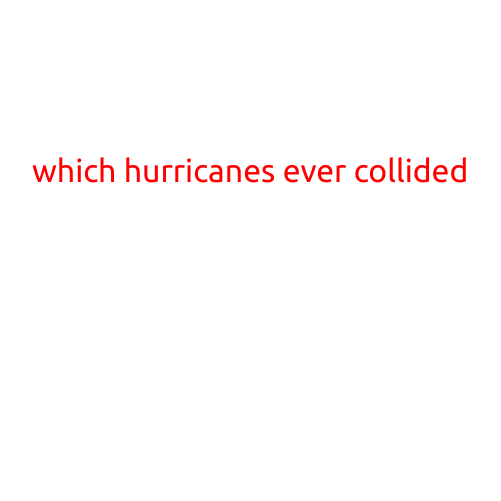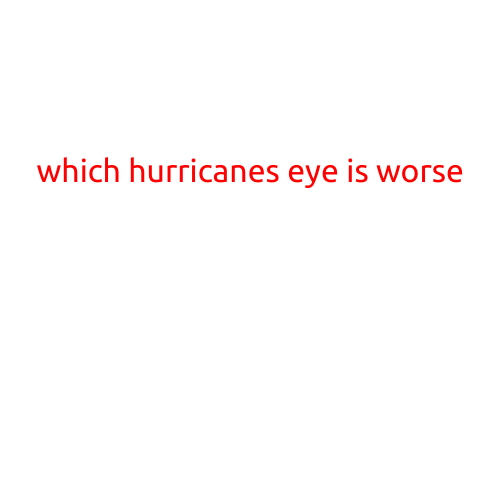
Which Hurricane’s Eye is Worse?
Hurricanes are powerful storms that can bring devastation to coastal communities. The eye of a hurricane is the calm, circular area at the center of the storm, where the winds are typically low or calm. But which hurricane’s eye is worse? Let’s take a look at some of the most destructive hurricanes in history and examine their eye conditions.
The Great Galveston Hurricane of 1900:
The Great Galveston Hurricane of 1900 was one of the deadliest natural disasters in US history, killing an estimated 8,000 to 12,000 people. The storm made landfall in Texas on September 8, 1900, with winds reaching up to 145 mph (233 km/h). The hurricane’s eye was massive, measuring around 100 miles (161 km) in diameter. The storm surge, which was exacerbated by the narrow coastline, reached as high as 15 feet (4.6 meters) in some areas.
The Labor Day Hurricane of 1935:
The Labor Day Hurricane of 1935 made landfall in the Florida Keys on September 2, 1935, with winds reaching up to 185 mph (298 km/h). The hurricane’s eye was relatively small, measuring around 20 miles (32 km) in diameter. However, the storm surge was catastrophic, reaching as high as 20 feet (6 meters) in some areas.
Hurricane Andrew:
Hurricane Andrew made landfall in Florida on August 24, 1992, with winds reaching up to 165 mph (266 km/h). The hurricane’s eye was around 15 miles (24 km) in diameter, but the storm’s slow movement and intense winds caused widespread destruction. The storm’s eye was also very deep, with the lowest pressure reading at around 940 millibars.
Hurricane Katrina:
Hurricane Katrina made landfall in Louisiana on August 29, 2005, with winds reaching up to 125 mph (201 km/h). The hurricane’s eye was around 20 miles (32 km) in diameter, but the storm’s massive size and slow movement caused catastrophic flooding along the Gulf Coast. The storm’s eye was also very wet, with reports of heavy rainfall and storm surge.
Conclusion:
Each hurricane’s eye is unique, with varying conditions that can affect the severity of the storm. While the Great Galveston Hurricane of 1900 had a massive eye, the Labor Day Hurricane of 1935 had a smaller eye but a more catastrophic storm surge. Hurricane Andrew had a deep eye, while Hurricane Katrina had a large and wet eye.
So, which hurricane’s eye is worse? It’s difficult to say, as each storm is different and has its own set of unique conditions. However, one thing is certain: each hurricane’s eye brings with it the potential for devastating damage and loss of life.
